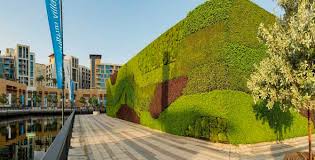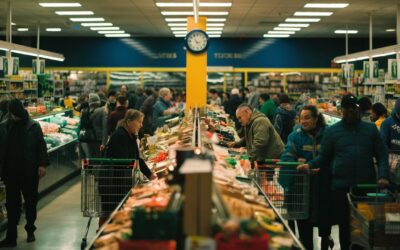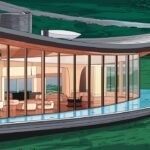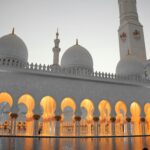Vertical Gardens: Elevating Dubai’s Architecture with Greenery

Dubai, a city renowned for its bold architectural designs and futuristic skyline, is embracing a new trend that combines innovation with sustainability: vertical gardens. As the urban landscape continues to evolve, these verdant installations are transforming the city’s architecture, adding a touch of greenery to its towering skyscrapers and concrete facades. Let’s explore how vertical gardens are reshaping Dubai’s built environment and contributing to a more sustainable future. For more information check out best landscaping companies in dubai
A Vertical Oasis
In a city where space is at a premium, vertical gardens offer a creative solution to the challenge of incorporating greenery into urban environments. By covering the vertical surfaces of buildings with vegetation, these green walls create oases of nature amidst the concrete jungle, providing numerous benefits for both residents and the environment. From improving air quality and reducing energy consumption to enhancing aesthetic appeal and fostering biodiversity, vertical gardens offer a multitude of advantages that are reshaping Dubai’s architectural landscape.
Environmental Sustainability
One of the most significant advantages of vertical gardens is their contribution to environmental sustainability. In a region known for its arid climate and limited natural resources, these green installations help to mitigate the heat island effect, reduce air pollution, and conserve energy. By providing natural insulation, vertical gardens help to regulate indoor temperatures, reducing the need for artificial heating and cooling systems and lowering energy consumption. Additionally, the plants absorb carbon dioxide and release oxygen, improving air quality and creating a healthier urban environment for residents.
Biodiversity and Habitat Creation
In addition to their environmental benefits, vertical gardens also serve as important habitats for plant and animal species, contributing to urban biodiversity conservation efforts. By incorporating a diverse array of plant species, these green walls provide food and shelter for birds, insects, and other wildlife, creating thriving ecosystems within the city. Moreover, vertical gardens can be designed to mimic natural habitats, such as forests or meadows, further enhancing their ecological value and promoting the coexistence of humans and wildlife in urban areas.
Aesthetic Appeal
Beyond their environmental and ecological benefits, vertical gardens also enhance the aesthetic appeal of buildings, transforming them into works of art that blend seamlessly with their natural surroundings. Whether adorning the exterior of a skyscraper or embellishing the walls of a residential complex, these green installations add color, texture, and visual interest to Dubai’s urban landscape. Moreover, the ever-changing nature of vertical gardens, as plants grow and bloom over time, creates a dynamic and evolving canvas that captivates the imagination and inspires admiration.
Urban Heat Island Mitigation
In a city where temperatures can soar to sweltering heights, the urban heat island effect poses a significant challenge to the comfort and well-being of residents. Vertical gardens play a crucial role in mitigating this effect by providing shade, reducing surface temperatures, and cooling the surrounding air through evapotranspiration. By creating microclimates of comfort within the city, these green installations help to alleviate the heat stress experienced by urban dwellers and contribute to a more livable and sustainable urban environment.
Conclusion
In the ever-evolving landscape of Dubai, vertical gardens are emerging as symbols of innovation, sustainability, and architectural excellence. By elevating the city’s buildings with lush greenery, these installations not only enhance the aesthetic appeal of the urban environment but also provide numerous environmental, ecological, and social benefits. As Dubai continues to grow and develop, the integration of vertical gardens into its architectural fabric will play an increasingly important role in creating a more sustainable and livable city for future generations. With their ability to beautify, cool, and breathe life into the built environment, vertical gardens are truly elevating Dubai’s architecture to new heights.


































































